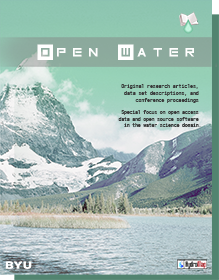Keywords
Stormwater, EPA SWMM, Urbanization, Climate Change, L moment, LID
Abstract
Anticipating a proper management needs for urban stormwater due to climate change is becoming a critical concern to water resources managers. In an effort to identify best management practices and understand the probable future climate scenarios, this study used high-resolution climate model data in conjunction with advanced statistical methods and computer simulation. Climate model data from the North American Regional Climate Change Assessment Program (NARCCAP) were used to calculate the design storm depths for the Gowan Watershed of Las Vegas Valley, Nevada. The Storm Water Management Model (SWMM), developed by the Environmental Protection Agency (EPA), was used for hydrological modeling. Two low-impact development techniques – Permeable Pavement and Green Roof – were implemented in the EPA SWMM hydrological modeling to attenuate excess surface runoff that was induced by climate change. The method adopted in this study was effective in mitigating the challenges in managing changes in urban stormwater amounts due to climate change.
BYU ScholarsArchive Citation
Thakali, Ranjeet; Kalra, Ajay; Ahmad, Sajjad; and Qaiser, Kamal
(2018)
"Management of an Urban Stormwater System Using Projected Future Scenarios of Climate Models: A Watershed-Based Modeling Approach,"
Open Water Journal: Vol. 5:
Iss.
2, Article 1.
Available at:
https://scholarsarchive.byu.edu/openwater/vol5/iss2/1
